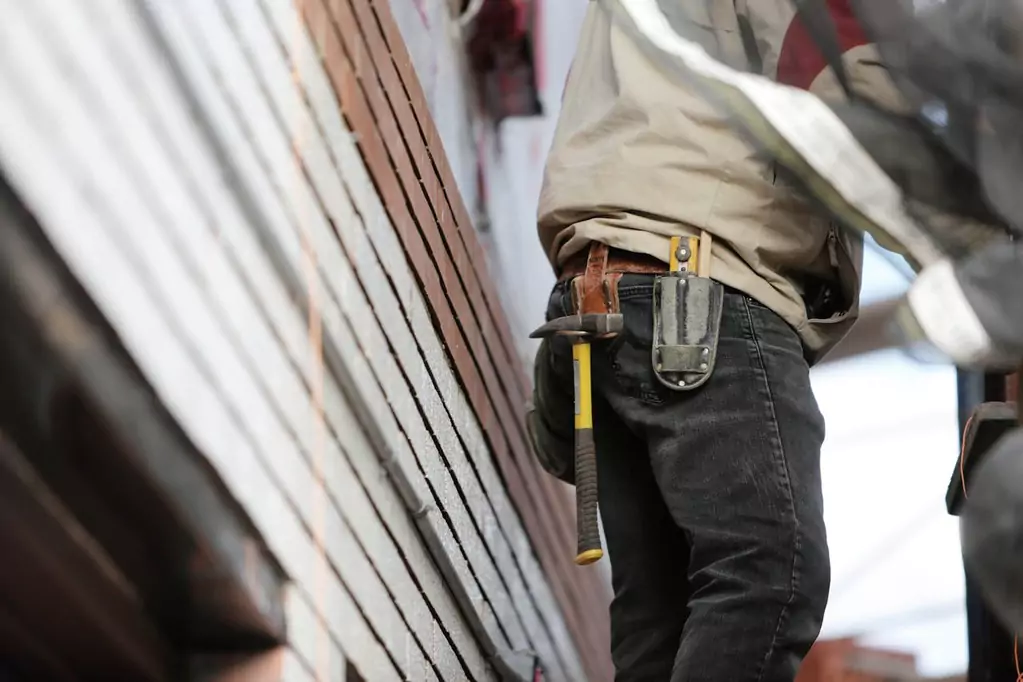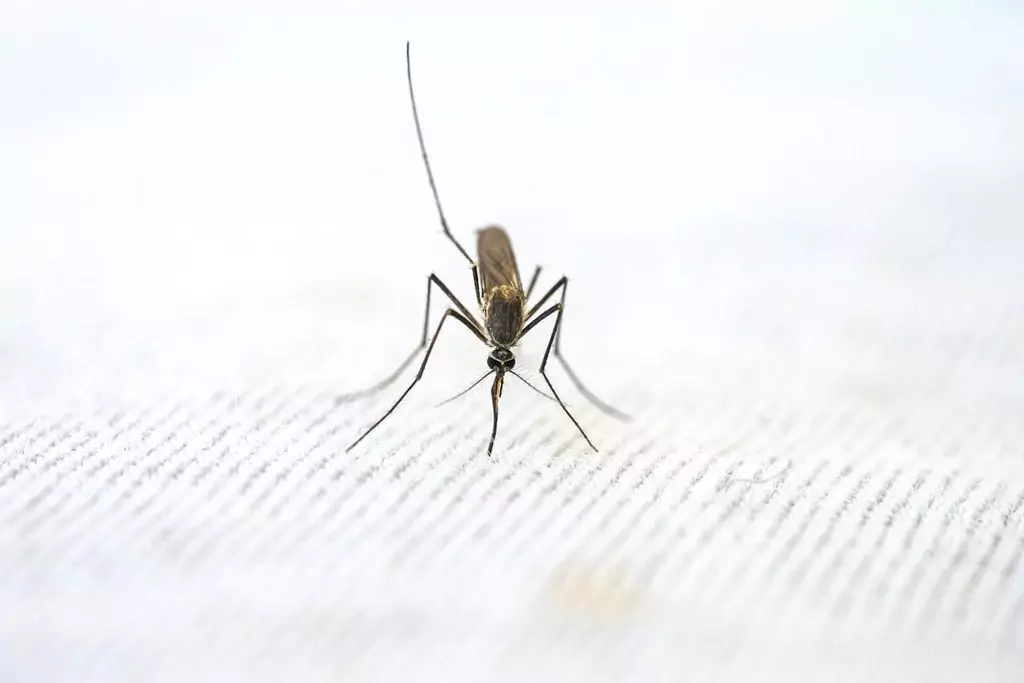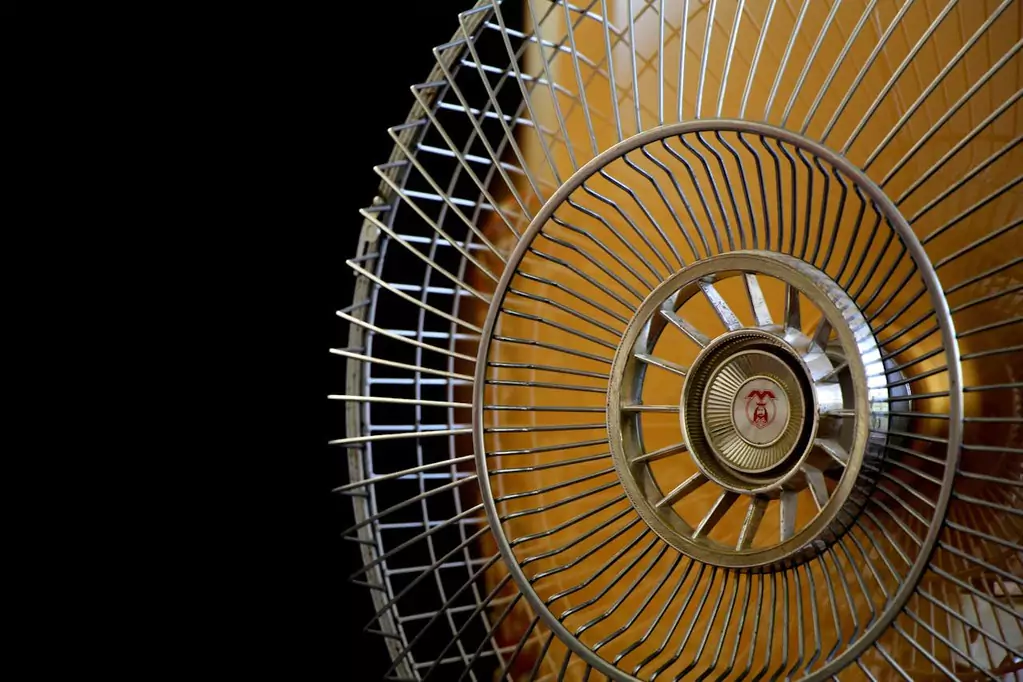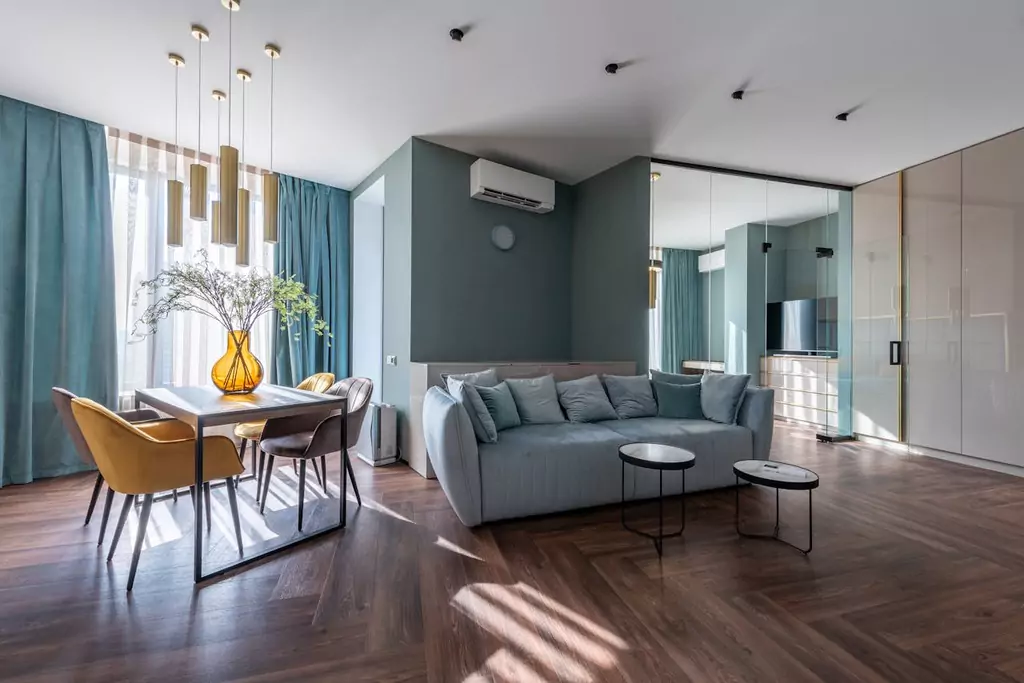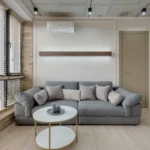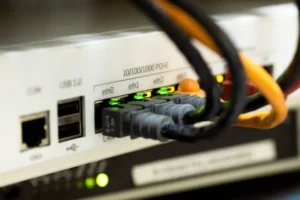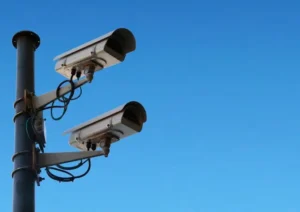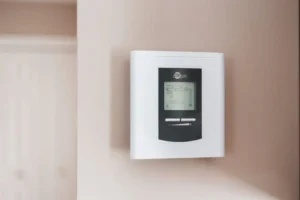Now Reading: Best AC Mode to Use at Home in Summer
- 01
Best AC Mode to Use at Home in Summer
- Home
- Home Appliances
- Best AC Mode to Use at Home in Summer
Best AC Mode to Use at Home in Summer
![]() Anne MaddisonClimate Control, Home AppliancesAugust 16, 202566 Views
Anne MaddisonClimate Control, Home AppliancesAugust 16, 202566 Views
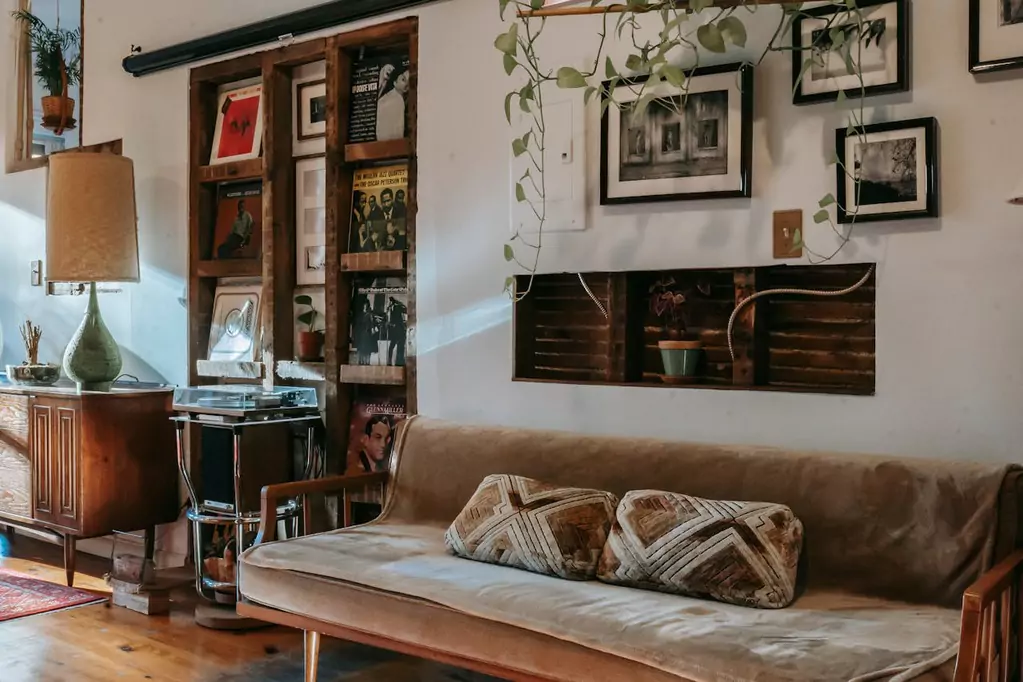
When the summer heat hits, your air conditioner becomes more than just another appliance. It’s your escape from sweltering afternoons and sleepless, sticky nights. But many people don’t realize that their AC offers different modes for different needs. Choosing the right one can make a big difference in comfort, energy use, and even how fresh the air feels in your home.
Your AC isn’t limited to blasting cold air on the default cool setting. It can also help manage humidity, circulate air, or save electricity, depending on which mode you select. The key is knowing what each mode does and when to use it. In this guide, we’ll explore the best AC modes for summer, including which ones work best in dry weather and which are ideal for humid climates, so you can stay cool without overspending.
What Are the Common AC Modes
Most modern air conditioners have more than one setting, and each mode is designed for a specific purpose. Knowing what these modes do can help you make better choices for your comfort and your electric bill. Here are the four you’re most likely to see on your AC’s control panel.
Cool Mode is the standard setting most people use. In this mode, the compressor and fan work together to lower the room temperature to your desired level. It’s great for quick, consistent cooling, but it can also be the most energy-hungry option if used nonstop.
Energy Saver Mode (also called Eco Mode) turns the compressor on and off as needed, while the fan runs only when the compressor is active. This cuts down on energy use and can lower your monthly bills, though you might notice small temperature fluctuations.
Dry Mode is designed to reduce excess moisture in the air. It uses the compressor and fan in a way that pulls humidity out without making the room too cold. This can make a big difference in comfort during sticky summer days and is especially helpful in hot, dry climates where moisture control is important.
Fan Mode keeps air moving without running the compressor. This mode doesn’t cool the air, but it can help circulate cooler air from other rooms or make you feel more comfortable with a gentle breeze. It’s also useful for keeping air fresh when the temperature outside is mild.
If you want to figure out whether using your AC’s fan mode or just a regular fan is the smarter choice for comfort and efficiency, check out our guide on how the two compare and when each one works best at home.
How to Choose the Best AC Mode for Your Home in Summer
Finding the right AC mode for your home in summer is all about matching your environment and lifestyle. Not every day feels the same, and not every home has the same needs. The best approach is to think about your climate, your comfort preferences, and when you’re using your AC the most.
Start with your climate. If you live in a hot and humid area, your main challenge is removing moisture from the air as well as cooling it down. In that case, Cool Mode or Energy Saver Mode is often the most comfortable because the compressor works enough to bring both the temperature and humidity down. If you live in a hot and dry region, humidity isn’t much of a problem. Dry Mode can be very effective here because it keeps you comfortable without overcooling or wasting energy.
Consider your comfort preferences. Some people like a steady, consistent temperature all day long. If that’s you, Cool Mode might be worth the extra energy cost. Others don’t mind a small temperature change if it means saving money, which makes Energy Saver Mode a better fit. If you just need gentle air movement and don’t require actual cooling, Fan Mode might do the trick.
Match modes to the time of day. You don’t have to use the same setting all day. Many people like Cool Mode in the heat of the afternoon when the sun is strongest, Energy Saver at night when the temperature drops, Dry Mode for warm but not overly hot afternoons in dry climates, and Fan Mode in the morning or evening when the air is already cooler. This rotation can keep you comfortable while lowering your energy bill.
Combine modes for better efficiency. For example, you might run Cool Mode for 30 minutes to quickly bring the room down to a comfortable temperature, then switch to Energy Saver or Fan Mode to maintain it. In dry climates, using Dry Mode in the afternoon followed by Fan Mode at night can keep the air feeling pleasant without running your AC full blast.
When you learn to switch modes based on the situation, you’ll not only feel more comfortable but also use your AC in a smarter, more energy-efficient way.
Situation | Best AC Mode(s) | Why It Works |
If the climate is hot and humid | Cool Mode, Energy Saver Mode | Lowers both temperature and humidity for a more comfortable environment |
If the climate is hot and dry | Dry Mode | Keeps the air comfortable without overcooling or wasting energy |
If you want a steady temperature all day | Cool Mode | Maintains consistent comfort, even in extreme heat |
If you don’t mind small temperature changes to save money | Energy Saver Mode | Reduces energy use while keeping the space comfortable |
If you only need gentle air movement | Fan Mode | Circulates air without heavy cooling |
If it’s the peak heat of the afternoon | Cool Mode | Quickly brings down the temperature when the sun is strongest |
If it’s nighttime and cooler outside | Energy Saver Mode | Maintains comfort using less electricity |
If it’s morning or evening with mild weather | Fan Mode | Provides airflow without overcooling |
If it’s a warm, dry afternoon | Dry Mode | Removes minor humidity and keeps the air feeling fresh |
If you want to cool quickly, then save energy | Cool Mode, then switch to Energy Saver or Fan | Quickly reaches comfort, then maintains it efficiently |
If you want to stay cool without spending more than you have to on your power bill, check out our guide on which AC mode uses the least electricity and see how different settings can make a big difference.
Tips for Maximizing AC Efficiency in Any Mode
No matter which AC mode you choose, a few smart habits can make a big difference in keeping your home cool while saving energy.
Keep your filters clean. A clogged or dusty filter makes it harder for your AC to push air through, which means it has to work longer to cool the room. Cleaning or replacing your filters regularly can improve airflow and keep your system running efficiently.
Block out the heat. Close curtains or blinds during the hottest part of the day, usually mid-afternoon. This prevents direct sunlight from heating up your rooms and makes it easier for your AC to maintain a comfortable temperature.
Pair your AC with ceiling fans. Ceiling fans don’t actually cool the air, but they help move it around so you feel cooler. When used together with your AC, they allow you to set the thermostat a little higher without losing comfort.
Choose a reasonable thermostat setting. Setting your AC to the lowest possible temperature won’t cool your home faster, but it will use more energy. Aim for a temperature that feels comfortable but isn’t drastically lower than the outside temperature. Even a difference of a few degrees can save money over the summer.
By combining these simple steps with the right AC mode, you can keep your home comfortable and your energy bills in check all season long.
Frequently Asked Questions About AC Modes in Summer
Which AC mode is best for sleeping?
Energy Saver or Eco Mode is often the best choice for sleeping. It keeps the temperature comfortable while cycling the compressor on and off, which uses less energy and avoids making the room too cold overnight. Some people also prefer Fan Mode if the weather is mild, since it provides gentle air circulation without constant cooling.
Is Dry Mode cheaper than Cool Mode?
Yes, in most cases Dry Mode uses less electricity than Cool Mode because the compressor doesn’t run continuously. Instead, it focuses on reducing humidity, which can make the air feel cooler without drastically lowering the temperature.
Can I leave my AC in Energy Saver Mode all day?
You can, especially if you want to keep energy costs down. Energy Saver Mode is designed to maintain a steady temperature without running the compressor non-stop. Just keep in mind that during extremely hot afternoons, it may not cool the space as quickly as Cool Mode.
Will switching modes often harm my AC?
No, switching between modes won’t damage your AC. These modes are built into the system and are safe to use as needed. The key is to avoid frequently turning the unit completely on and off, as that can create extra wear on the compressor.
Final Thoughts
Each AC mode has its strengths. Cool Mode is your go-to for quick, powerful cooling on sweltering afternoons. Energy Saver Mode is great for keeping comfortable while cutting down on electricity use, especially at night. Dry Mode helps in dry climates or during muggy afternoons when reducing humidity is the priority. Fan Mode works well for gentle air movement without heavy cooling, making it perfect for mild mornings or evenings.
There’s no single “best” mode for every home or every summer day. The key is experimenting with different settings to see which works best for your climate, comfort level, and budget.
Check your AC settings today and try switching things up. You might find a combination that keeps your home just as cool while saving you money on your energy bill.
Related Posts
Previous Post
Next Post
Home AppliancesJuly 28, 2025
Can Air Conditioner Make You Sick?
Home AppliancesJuly 27, 2025
What Air Conditioner Size Do I Need?
Home AppliancesAugust 24, 2025
Are Home Air Conditioner Tune Ups Necessary
Home AppliancesAugust 23, 2025
Can Air Conditioning at Home Trigger Asthma?
- 03
Climate ControlJuly 28, 2025
Can Air Conditioner Make You Sick?
- 04
Home AppliancesJuly 27, 2025
What Air Conditioner Size Do I Need?


